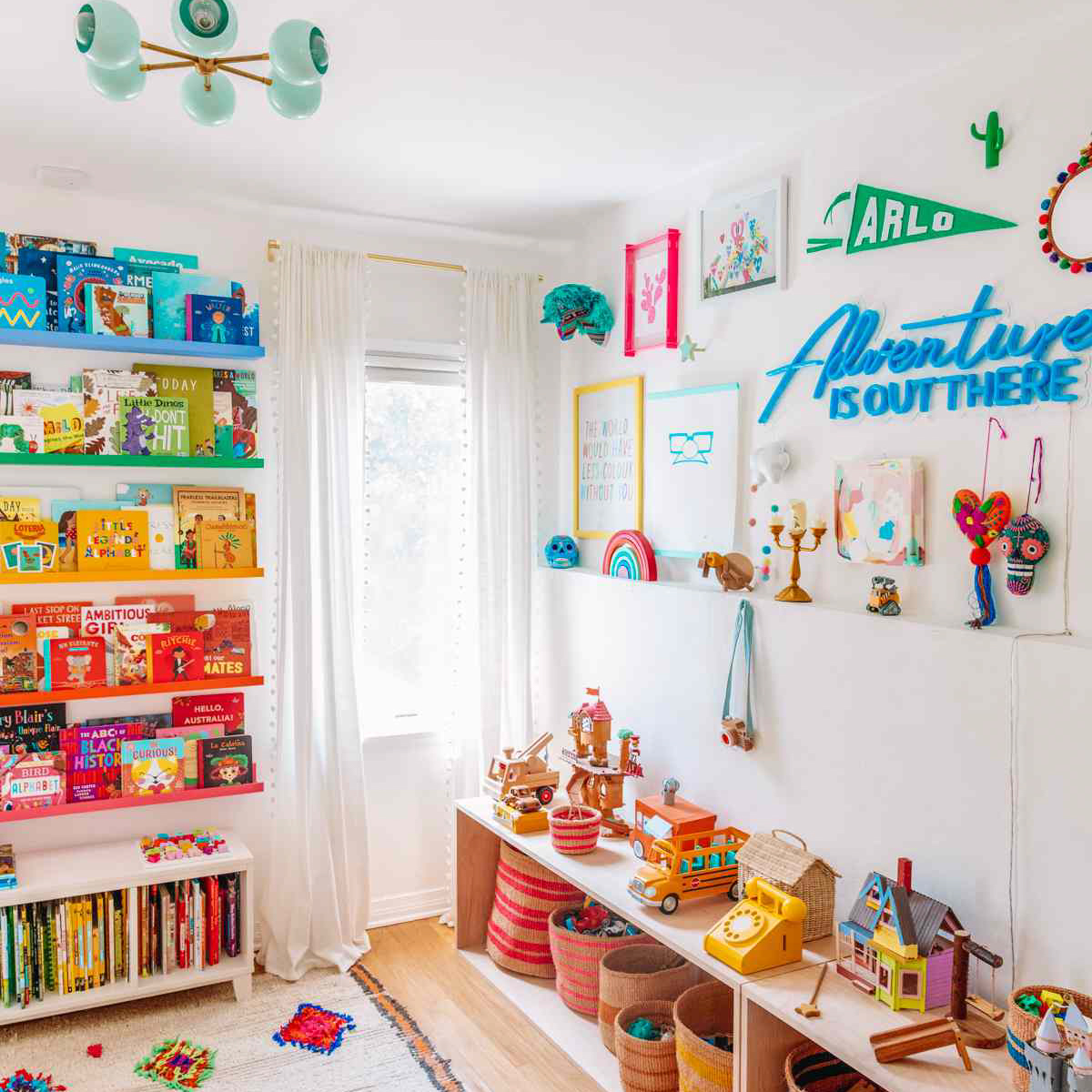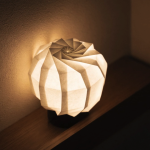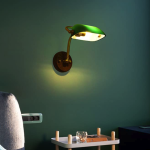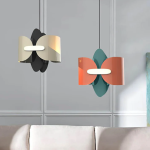
The Essence of Japanese Interior Design
Japanese interior design is known for its minimalistic yet elegant and functional approach. It values simplicity, natural materials, and the balance between elements to create a harmonious and peaceful space. The essence of Japanese design is inspired by the traditional Shinto and Zen philosophies, which emphasize the connection between humans and nature.
Natural Materials and Colors
The materials used in Japanese interior design often include natural elements such as wood, bamboo, rice paper, and stone. These materials are favored because they bring a sense of warmth and texture to the space while maintaining a simplistic and uncluttered appearance. The colors used in Japanese design are neutral tones, such as white, beige, or light grey, with occasional pops of color that are inspired by the natural surroundings.
Functional and Efficient Space
Another important aspect of Japanese interior design is the focus on functionality and efficiency. Space-saving is highly valued, especially in the urban areas of Japan, where living spaces can be smaller. Unnecessary furniture and decor are removed, and the remaining items are arranged in a balanced and organized way. This creates an open and spacious environment, which encourages a clear mind and a calm spirit.
Minimalistic and Uncluttered Design
One of the key principles of Japanese interior design is the minimalist approach. The design is focused on the essential elements and aims to eliminate any unnecessary clutter or distractions in the space. This is achieved through simple and straightforward furniture designs, natural materials, and the reduction of decorative items.
Harmony and Balance
Japanese interior design is all about achieving harmony and balance in the space. The balance can be created by using symmetry or asymmetry, depending on the design intention. The goal is to create a harmonious space that nourishes the body and mind, allowing for a peaceful and relaxed lifestyle.






